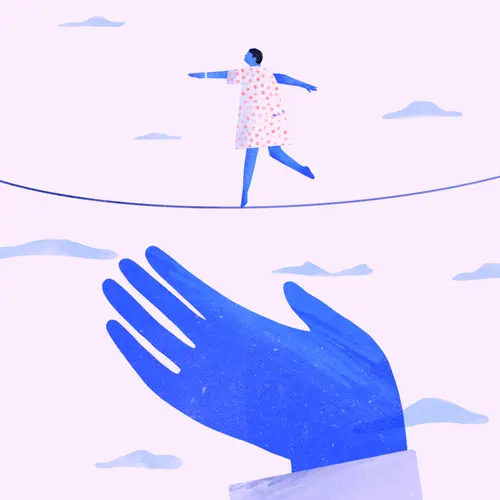There are two main types of human immunodeficiency virus (HIV) -- HIV-1 and HIV-2. Both can lead to AIDS. However, they're very different from each other.
HIV-1 is the most common type. When you hear the term "HIV," it's probably HIV-1.
HIV-2 occurs in a much smaller number of people, mostly in West Africa. In the U.S., it makes up only 0.01% of all HIV cases, and those are primarily people from West Africa. It's harder to transmit HIV-2 from person to person, and it takes longer for the infection to turn into AIDS.
Both HIV-1 and HIV-2 have multiple groups within them. Those groups branch out even further into subtypes, or strains.
HIV constantly makes copies of itself. Some strains multiply faster and can be passed from person to person more easily than others.
Your doctor can treat your HIV better if they know what strain you have. A blood test can tell you. The same test also can tell if certain HIV drugs won't work well for you.
Groups of HIV-1
HIV-1 has four groups -- one large one and three much smaller ones.
Group M (Major)
This group is responsible for the HIV epidemic. Nearly 90% of all HIV-1 cases stem from this group.
The group has nine named strains: A, B, C, D, F, G, H, J, and K. Some of these have sub-strains. Researchers find new strains all the time as they learn more about HIV-1 group M.
The B strain is the most common in the U.S. Worldwide, the most common HIV strain is C.
Scientists haven't done much research on strains other than B, so information on the rest is limited. The drugs that treat the B strain (antiretroviral drugs) also work on most others.
Groups N, O, and P
The smaller HIV-1 groups are rare outside of west central Africa, specifically Cameroon. They are:
- N (New, Not-M, or Not O group): This form of the virus has only been seen in a small group of people in Cameroon. Researchers haven't named any strains for this group because there are so few cases of it.
- O (Outlier group): This group has almost as many variations as the M group. However, researchers haven't identified its separate strains yet because it's so rare.
- P group: This is the newest group of HIV-1. It was given its own name because of how different it is from the M, N, and O strains.
Infections With Multiple Strains
When the virus multiplies, the copies sometimes change (mutate) and develop into another HIV strain in your body. You can end up with a strain your HIV drugs won't work against. This makes your viral load -- the amount of HIV in your body -- go up. In that case, you'd need another type of treatment.
You also can have two or more strains if you were infected by more than one person. This is called superinfection. Superinfection is rare -- it happens in less than 4% of people. You're at the highest risk of superinfection in the first 3 years after you get HIV.
Everyone reacts differently to infection. You might not notice any change in your symptoms or viral load with a new infection. But it can make your HIV worse, especially if you have a strain drugs won't work well against. If that happens, the drugs you take for your original HIV strain won't necessarily treat the new strain.

